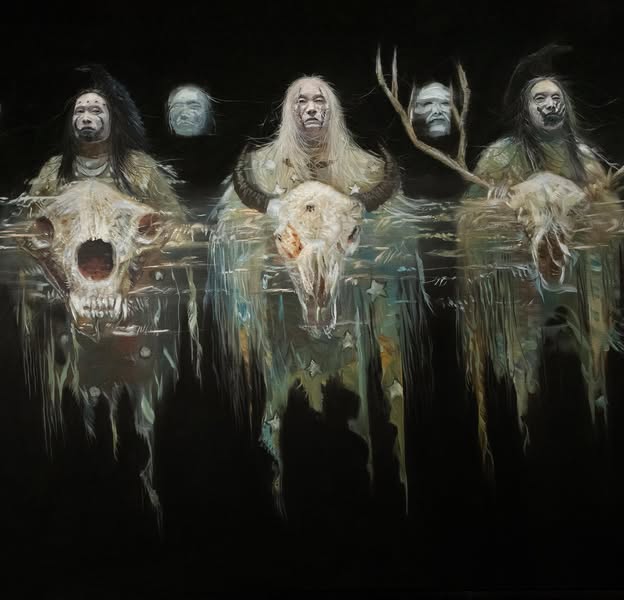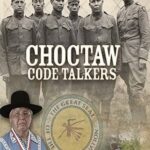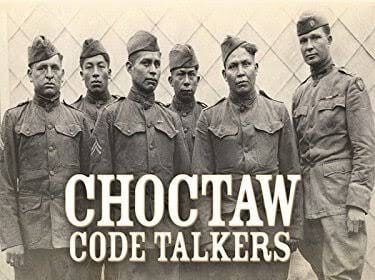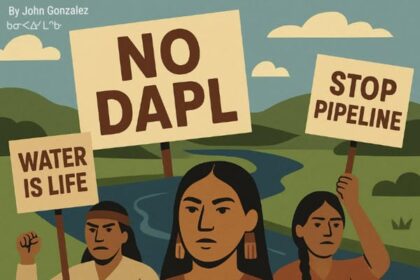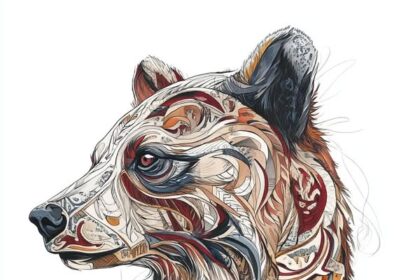The tragedy at Wounded Knee in December 1890 remains one of the darkest chapters in American history. It was on the frozen plains of South Dakota, that the U.S. 7th Cavalry carried out a massacre of hundreds of unarmed Lakota men, women, and children. This horrific event unfolded as the Lakota gathered for the Ghost Dance, a spiritual movement that sought to restore their way of life and bring peace to their people.
The Ghost Dance, rooted in the teachings of the Paiute prophet Wovoka, was a response to the relentless encroachment of settlers and the devastating policies of the U.S. government. It promised the return of the buffalo, the resurrection of ancestors, and the removal of colonial forces. However, the movement was misunderstood and feared by the U.S. authorities, who saw it as a threat to their control.
On December 29, 1890, tensions reached a boiling point. The 7th Cavalry, tasked with disarming the Lakota, surrounded their camp at Wounded Knee Creek. A single gunshot—its source still debated—triggered chaos. The soldiers opened fire with rifles and Hotchkiss guns, indiscriminately killing men, women, and children. By the end of the massacre, over 250 Lakota lay dead, their bodies scattered across the snow-covered ground.
The aftermath of Wounded Knee was a profound and lasting scar on the Lakota people and Indigenous communities across North America. It marked the end of the Indian Wars and symbolized the brutal suppression of Native American culture and sovereignty. Today, Wounded Knee is remembered as a site of mourning and resilience, a reminder of the injustices faced by Indigenous peoples and their enduring strength.
The ghosts of Wounded Knee continue to haunt the collective memory, urging us to confront the past and honor the lives lost. It is a story of tragedy, but also of survival and the unyielding spirit of the Lakota and other Indigenous nations.


